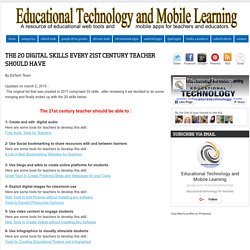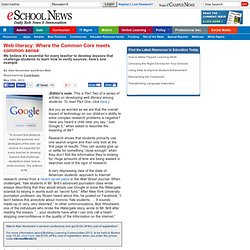

TASC - Thinking Actively in a Social Context. This world-famous thinking skills framework is used in thousands of schools to support the development of independent, creative thinking and personalised learning, to raise standards and to embed inclusive practice. 'My class is a very challenging class and I was sceptical that working in the TASC way would make any difference. But I was amazed at what the children already knew and how excited they were because they could choose which questions they wanted to explore.' (Teacher) The quality of the work produced compared to the year before when the TASC approach was not used, was quite astonishing in terms of their thinking and creativity.
(Kathryn Wright - Independent RE Consultant) 'TASC gives us a full packed education! My school has used TASC Wheel over several years and found it to be an invaluable tool in developing a creative curriculum that has at its centre the empowerment of children as independent learners. 'I realised that TASC is already in my head but I didn't know it! Seven steps to implementing critical student skills. Authors of a new book share how leaders, stakeholders can transform district practices and teach important 21st-century skills By Laura Devaney, Managing Editor Read more by Laura Devaney September 12th, 2012 Stakeholder buy-in is critical when it comes to achieving desired student outcomes and policy changes.

Administrators and educators know they must integrate higher-order thinking skills into teaching and learning if today’s students are to compete on a global scale. But school leaders sometimes struggle with exactly how to weave such skills into the curriculum. Now, steps for successful integration of four key skills are outlined in a new book by Ken Kay and Valerie Greenhill, both of EdLeader21, a professional learning community for 21st-century educators. In their book, “The Leader’s Guide to 21st Century Education: 7 Steps for Schools and Districts,” Kay and Greenhill say that such change is only possible if districts change their policies and practices.
LEARNIT.ORG. Net.educause.edu/ir/library/pdf/pub7101.pdf. Terminology . Media Glossary . Children and Media . PBS Parents. The 33 Digital Skills Every 21st Century Teacher should Have. By EdTech Team Updated on march 2, 2015 : The original list that was created in 2011 comprised 33 skills , after reviewing it we decided to do some merging and finally ended up with the 20 skills below.

The 21st century teacher should be able to : 1- Create and edit digital audio Here are some tools for teachers to develop this skill :Free Audio Tools for Teachers 2- Use Social bookmarking to share resources with and between learners Here are some tools for teachers to develop this skill : A List of Best Bookmarking Websites for Teachers. Why more schools aren’t teaching web literacy—and how they can start.
Fourteen years after we first published ‘Teaching Zack to Think,’ here’s a new three-part framework for making sure students are internet savvy By Alan November and Brian MullRead more by Contributor May 8th, 2012 If you follow the dictate that we teach what we test, it’s understandable why schools haven’t spent more time preparing students to be web literate since NCLB was passed.

In 1998, a 15-year-old high school student used the personal website of a professor at Northwestern University, Arthur Butz, as justification for writing a history paper called “The Historic Myth of Concentration Camps.” That student, who we will call Zack, had been encouraged to use the internet for research, but he had not been taught to decode the meaning of the characters in a web address. When he read the web address, he assumed that the domain name “northwestern.edu” automatically meant it was a credible source. Without web literacy, Zack believed Butz’s explanation. Web literacy: Where the Common Core meets common sense. We believe it’s essential for every teacher to develop lessons that challenge students to learn how to verify sources; here’s one example By Alan November and Brian Mull Read more by Contributor May 25th, 2012 “To ensure that students learn the grammar and strategies of the web, we believe it’s essential for every teacher to develop lessons that challenge students to learn how to verify sources,” the authors write.

(Editor’s note: This is Part Two of a series of articles on developing web literacy among students. To read Part One, click here.) Are you as worried as we are that the overall impact of technology on our children’s ability to solve complex research problems is negative? Research shows that students primarily use one search engine and then only look at the first page of results. A very depressing view of the state of American students’ approach to internet research comes from a recent op-ed piece in the Wall Street Journal.